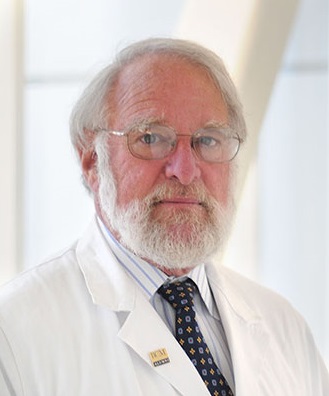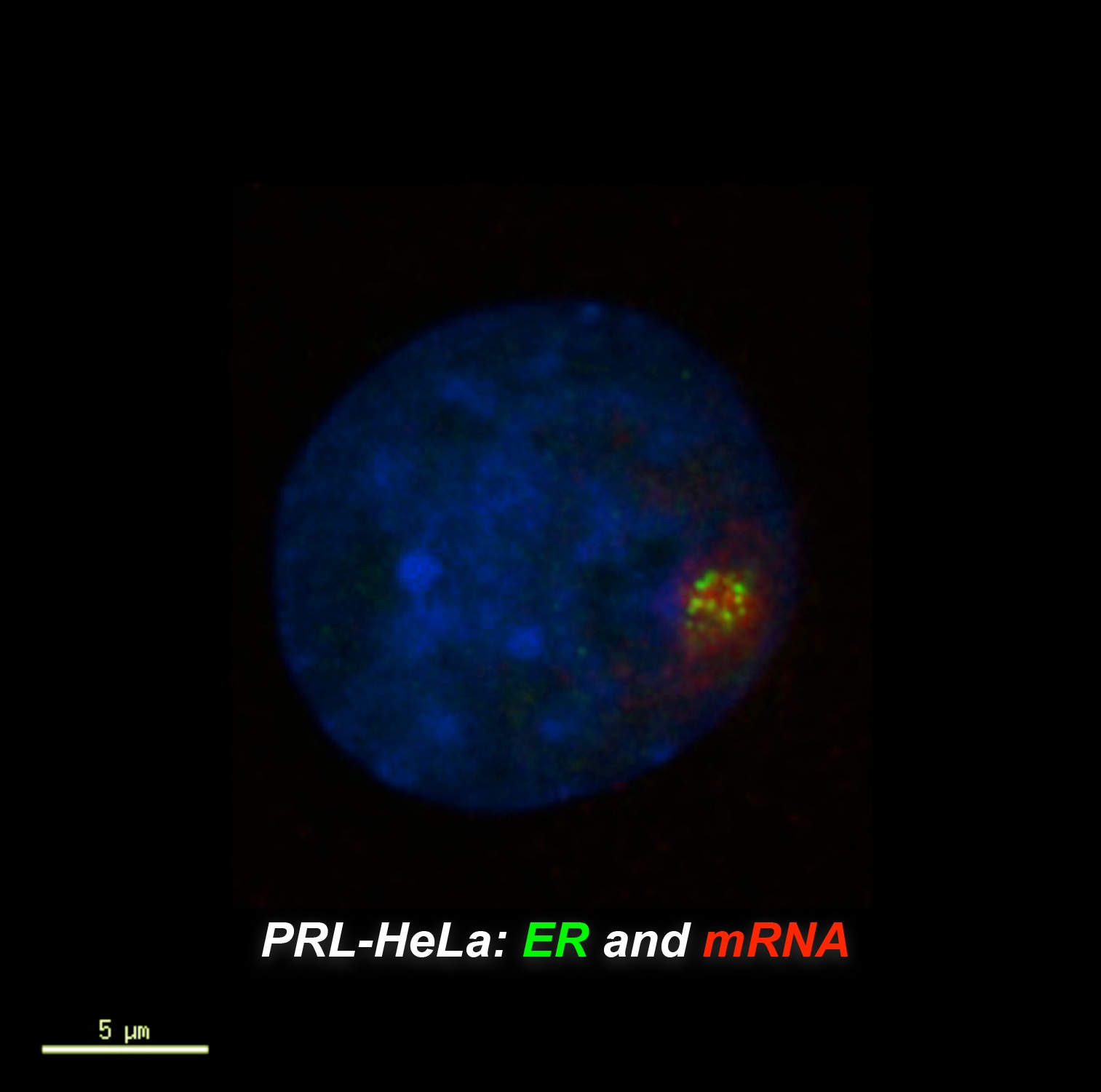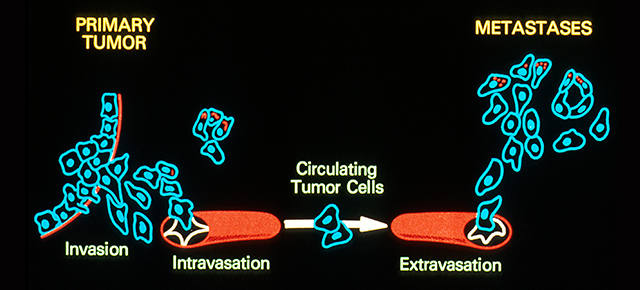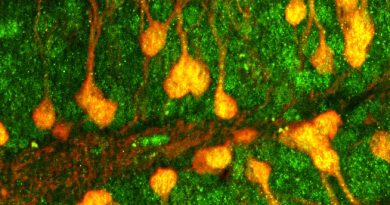SRC-3 is a key regulator of the 12-hour clock
Many people have heard of the circadian rhythms or biological processes that follow a 24-hour cycle. Sleeping at night and being awake during the day is a well-known example of a circadian rhythm. Less well known are the biological functions that follow a 12-hour cycle.


“Scientific evidence shows that through evolution people have inherited metabolic functions that follow a 12-hour clock from ancestral creatures living in the sea,” said co-corresponding author Dr. Bert W. O’Malley, chancellor and professor of molecular and cellular biology at Baylor. “Many marine organisms exhibit biological rhythms corresponding to the 12-hour tidal cycle, also called the circatidal rhythm. Tides heavily influence feeding times in many marine creatures and the 12-hour biological clocks are tied to the tides and the corresponding feedings in the morning and the evening. Regarding people, in the past, they mostly ate twice a day. In time, this has changed. Currently it is more common to eat three or more meals a day; but the 12-hour clocks still play crucial roles in human biology, affecting health and disease.”
The 12-hour clock regulates lipid and energy metabolism, which are important in feeding, and also stress responses. “Searching for food triggers stress. Eating also creates stress in the body as it has to activate biological processes to digest and assimilate food,” O’Malley explained.
In mammals, including humans, body temperature, cognitive performance, blood pressure, hormone levels and response to therapy seem to follow a 12-hour cycle. Altered 12-hour cycles have been associated with human diseases and hundreds of genes have been identified that are activated in 12-hour cycles. In this study, O’Malley and his colleagues found an important piece of the puzzle of how the 12-hour clock is regulated.
Regulating the 12-hour clock
In mammals, 12-hour biological rhythms are regulated by X-box-binding proten-1 (XBP1). SRC-3 is a known coactivator of XBP1. Here, the researchers showed that SRC-3 coactivation of XBP1 is key in regulating the 12-hour rhythms of the expression of hundreds of genes in the mouse liver, many of which are involved in lipid metabolism and the function of mitochondria, which generate energy for the cell. Furthermore, removing SRC-3 in mice disrupted the rhythmic profile of many of those genes.
These findings are important because they suggests that the 12-hour clock helps anticipate and prepare the body to respond to periodic changes in the environment that may trigger physiological and metabolic stresses,” O’Malley said.
The team also looked into human data. They found that SRC-3 coactivation of lipid metabolic genes is associated with metabolic diseases and cancer. Alterations in the expression of 12-hour genes were associated with conditions such as diabetes, obesity, fatty liver disease, cardiovascular diseases and human cancers such as those of the liver, colon/rectum, cervix and kidney.

“We are excited about the implications emerging from our findings,” said first and co-corresponding author Dr. Huan Meng, postdoctoral associate in the O’Malley lab. “On one end, 12-hour rhythms may provide a window into human evolution and migration. During the past 100,000 years, modern humans took advantage of 12-hour clocks that favored lipid metabolism, a high-energy source, and fat storage for survival when food was scarce. This may have provided unique energetic advantages that supported ancient migrations out of Africa and tolerance to varying exposure to environmental factors.”
Understanding the 12-hour clock regulation may help find new therapies
Another important implication is that these 12-hour clock-regulated and lipid-favored metabolic features may now adversely predispose humans to metabolic diseases and human cancers in industrialized societies.
Our present study has linked the 12-hour cycle and its regulation to a number of conditions,” Meng said. “This provides new opportunities for treating and/or preventing these diseases, given the availability of selective small molecule stimulators and inhibitors of steroid receptor coactivators such as SRC-3, and stress modulators.”

“One of the long-time mysteries of human biology is the question, ‘How does the body know when to turn on and turn off processes?’ This work extends our labs’ initial characterization of a 12-hour clock that governs aspects of energy utilization,” said co-author Dr. Clifford C. Dacso, professor of molecular and cellular biology at Baylor and a member of Baylor’s Dan L Duncan Comprehensive Cancer Center. “The 12-hour clock may become useful, for example, to time the administration of medicines, a new discipline called ‘chronotherapeutics.’
“Many rhythms exist and are around and in us. Different cultures and ancient civilizations share similar thoughts on this point. For example, the philosophical concept of ‘musica universalis’ originating in ancient Greece, which I learned from my fellowship mentor Dr. O’Malley,” Meng said. “In Chinese philosophical and medical literatures, we call this harmonic point tidal theory and/or harmony of human body and nature.”
Find all the details if this study in the journal Cell Reports.
Other contributors to this work include Naomi M. Gonzáles, Sung Yun Jung, Nagireddy Putluri, Bokai Zhu and David M. Lonard, at Baylor College of Medicine, and Yue Lu at the University of Texas MD Anderson Cancer Center, Smithville.
This project was supported by CPRIT Core Facility Support Awards (RP170005, RP210227, RP170002), NCI Cancer Center Support Grants (P30CA125123, NIH/NCI R01CA220297 and R01CA216426) and the Helis Foundation. Further support was provided by NIH funds (R01DK114356, UM1HG006348, 1P01DK113954), the ADA award 1-18-JDF-025, NIGMS DP2GM140924, NIDDK P30DK120531, NICHD 5R01HD007857 and 5R01HD08188, and Pilot Project Program under Award Number P30ES030285.



